
Auto output and sales in China saw double-digit year-on-year growth in the first half of 2013, both exceeding 10 million units, the China Association of Automobile Manufacturers (CAAM) said Wednesday, simultaneously criticizing government policies that restrict the number of cars that can be sold.
Auto output rose 12.8 percent year-on-year to reach 10.75 million units in the first six months, while auto sales grew 12.3 percent year-on-year to reach 10.78 million units during the same period, CAAM data showed.
The growth rate of auto output in the first half was 8.75 percentage points higher than one year earlier, and the growth rate of auto sales was 9.41 percentage points higher, CAAM said, noting that the quicker-than-expected growth rates show stable growth of the auto sector.
Some auto brands offered price discounts in the first half of the year, which has driven auto sales, and young people who postponed housing purchases due to fast-rising prices bought cars instead, Qiao Shengpu, consulting director of Beijing Topduty Management Co, told the Global Times Wednesday.
Despite rapid growth in auto sales, CAAM expressed its strong opposition to auto purchase restriction policies, saying the policies have only limited impact on traffic problems and air pollution and go against the government's efforts to boost consumption, the public's freedom of choice and the development of Chinese auto brands.
So far, only four cities - Beijing, Shanghai, Guangzhou and Guiyang - have carried out policies to limit auto purchases.
CAAM said Wednesday that eight more cities are likely to follow suit, including Tianjin, Shenzhen and Hangzhou, which would cut auto sales in the cities by 25 percent, or 400,000 units in total, accounting for 2 percent of nationwide auto sales.
Zhang Zhiyong, an independent auto analyst, told the Global Times Wednesday that it makes sense for local governments to implement the policies in the short term to reduce pressures on transportation and the environment caused by overly rapid increases in car ownership, but it is unlikely to solve fundamental pollution and traffic congestion problems.
Zeng Zhiling, managing director of LMC Automotive Consulting (Shanghai) Co, told the Global Times Wednesday that restricting new auto purchases will not solve the pollution problem because existing autos with lower emission standards are the major source of pollution.
Zeng said a 2011 Ministry of Environmental Protection report showed that 9.5 percent of existing cars contributed 40 percent of the carbon monoxide and 48.9 percent of the particulate matter emitted by cars.
Local governments should accelerate the removal of high-polluting autos and increase the costs of car use, Zeng said, advising a bump in parking fees or charges for cars to enter downtown areas.
CAAM has suggested enhancing the convenience of public transit, encouraging old-for-new car deals and accelerating auto tax reforms to combat pollution and traffic congestion.
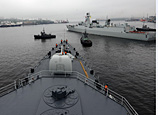


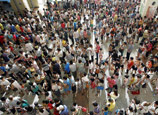
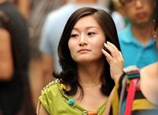


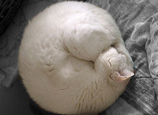
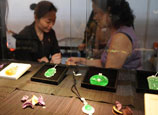
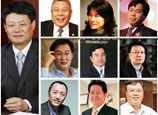






 Wild Siberian tiger kills cattle in NE China
Wild Siberian tiger kills cattle in NE China


![]()
